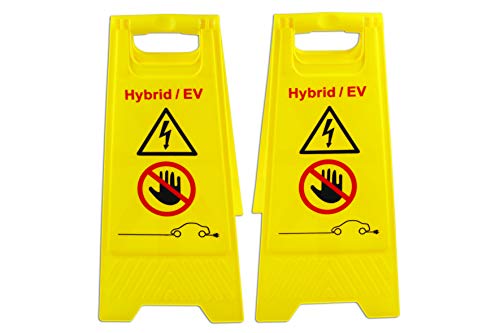Okay. Thanks guys. Excellent write ups!
It's Monday here now so I won't be able to do much today. I got kinda tired late yesterday as I had other honey-do tasks to get done so had to stop there. But I'll get back on it again tonight for at least an hour or two if at all possible.
I'll likely take off the left rear tire and disc drum cover to eliminate any further binding. I also want to adjust these to have as little rolling resistance as possible when I put them back on. That way the car gets optimum range. I'll check the fronts too once I get to that point to as well.
I got a camera mount/holder and will record the resistance measurements for posterity and to double check them while I have things disconnected. Just to be 100% sure and allow you both to see the motor condition with your own eyes to be absolutely sure that is ruled out.
As mentioned I have another MCU still inbound. I'll swap in that one untouched when it arrives to see what we get for codes. Hopefully just the VIN mismatch error and the P1A2A will go away.
I'll also double check my ignition behavior to see if it is as you described and I was just not realizing it had four positions. OFF, ACC, ON, START. From memory it feels like it has OFF, then two more, and the fourth is a temp over reach position that feels like traditional ignitions to start the car but springs back to the ON position. So it is likely the same as you describe and I wasn't realizing the nuances here between ACC, ON and start.
It almost felt like I didn't have to go all the way to the forth temp position and the car would still go to START when just set to ON. But I'll test this theory to be sure. I was always going all the way through all four positions to the max turn radius of the ignition switch and then letting it spring back to ON. I'll try just going to ON and not going to the fourth position to see if that's any different.
If you run the MCU without coolant, do only very short durations.
Okay. I'll limit tests to about 5 minutes or less and give it 5 minutes to rest between tests while in testing.
Couple of questions though.
Where did I post a screenshot or data indicating that 2000 amp spike? Just so I know what you're talking about and how to look for it again?
assuming that the new igbts are good.
This is one of the problems. I'm assuming the replacement MCUs are coming with good IGBTs. Likey they are but I've not opened them up to verify. Not optimal testing strategy to assume.
Might be worth having a visual inspection of the current IGBTs just in case…
Yes. I think so. I will pull the current MCU out and visually inspect the IGBTs in it while we're awaiting the next MCU unit.
But does that mean I shouldn't just put in the third MCU when it arrives as is? Should I open it up to inspect the IGBTs first to be sure they're okay?
That's what i was worried about, if the gate drivers were blown and shorted out, it might cause both the top and bottom gates to come ON at the same time--that could cause a 2000 Amp spike, yikes!
I basically follow, but didn't know until this statement that there are 'top and bottom gates'. Can you share a bit more info on what these are and how they work? Are they the IGBTs you're talking about? So the three IGBTs are actually 6 gates? 3 top and 3 bottom?
Probably a good idea to inspect that the devices are OK. Make some measurements (diode drop, resistance, continuity, etc) to check and verify.
Just so I'm sure exactly what devices and how to check them, are you talking about the IGBTs being tested each in isolation? So taking them out and testing them somehow? I'd need some specifics but am glad to perform them. I'd learn some things and could share with the group for future users.
If the same DTCs are set, see can you read out the ‘initial phase angle’ with your Lexia cable, then change the MCU control board and try again (don’t expect anything to move just check for a change in error codes).
Glad to do this one as well. Do you happen to know where in the software this is retrieved? And is it in MUT-3? Diagbox?
I'll have to spend some time getting the software working too. E.g. WIn 7 32bit or 64bit, or Win 10 64 bit depending on what it requires. I've found all these Chinese cables to be quite finicky about initial OS setup in order to work. Might take some time to get it talking.
Thanks guys. Excellent learning for me thanks to you both. This is a real education in EV repair.
I look at it as an excellent opportunity to truly learn how these things work and how to repair them in a high quality manner so I can do so on future cars and for others later. So this is actually fortunate this car happened to land in my lap. It's all good to help me gain expertise.



































